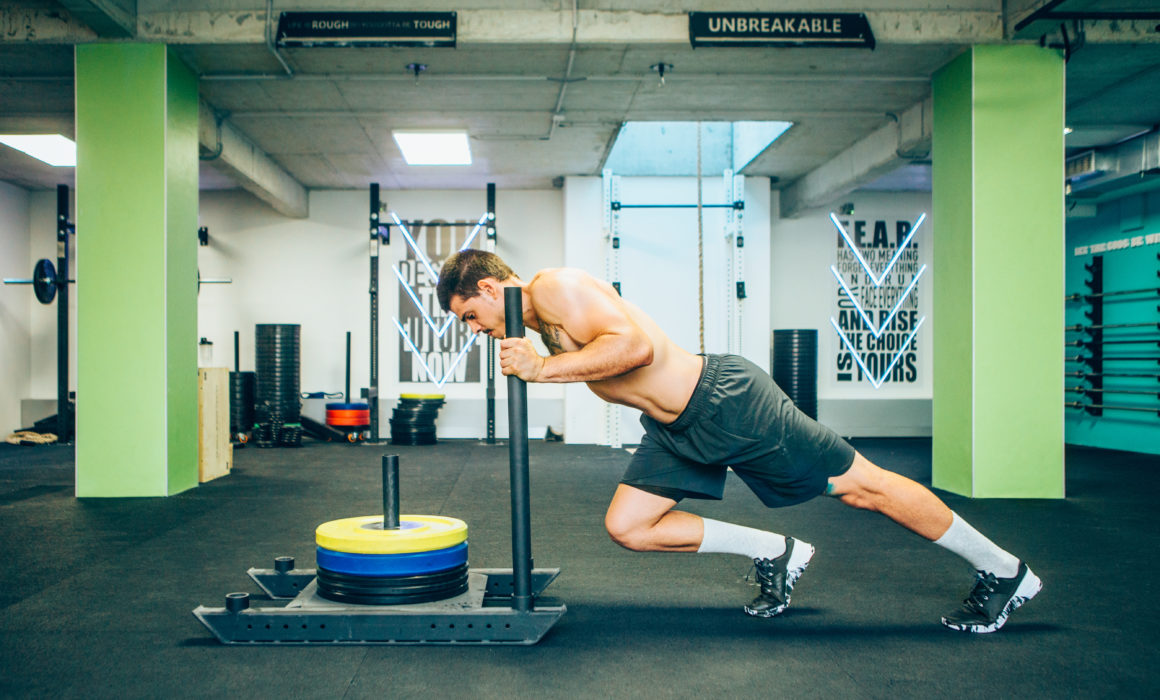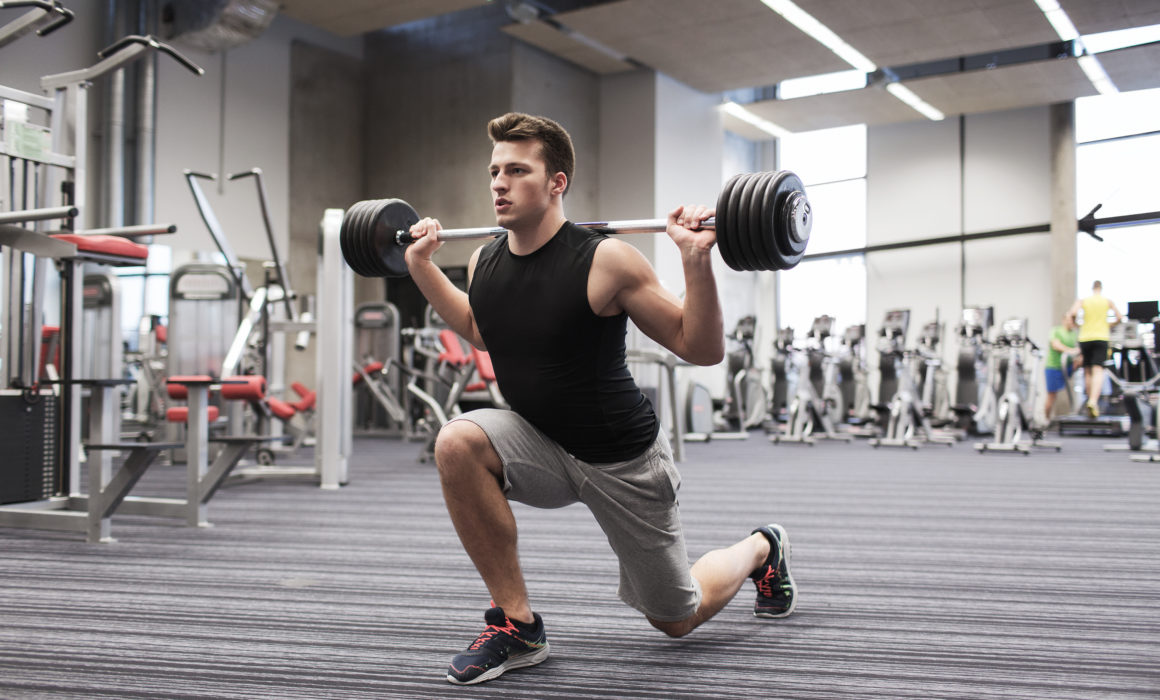5 Best Exercises to Increase Your Speed
5 Best Exercises to Increase Your Speed
I often get the question, “which is more important for speed, mechanics or strength?” I think it’s important to understand that speed is not a one or the other concept. In order to move fast, you need to have proper mechanics, AND you need to be able to put a lot of force into the ground.
Think of it like a car—if you put a set of racing tires on a Prius, it’s going to control the power extremely well, but that’s not going to make it fast. Alternatively, if you put a Lamborghini’s engine on a lawn mower, there’s not a chance you will be able to control that power. Speed is the same thing. We must have the knowledge and practice of how to move our bodies properly and efficiently, but we need to be building a bigger engine to produce more power through our efficient mechanics. I have compiled what I think to be the 5 best exercises to help you harness that power and increase your speed.
Squat
The squat is absolutely essential for any speed training program. Squats target many of the important muscles related to sprinting including the glutes, hamstrings, quads, and calves.
Squats have a unique versatility to them. With numerous variations, they have the ability to strengthen the muscles necessary for sprinting in different ways.
Single-Leg Romanian Deadlift (RDL)
The RDL is another very important exercise if your intentions are to increase your speed. The RDL is designed to target your Posterior Chain, specifically your glutes and hamstrings.
These muscles are the ones responsible for your top speed. The ability to produce a lot of force horizontally is what keeps you ahead of your opponent.
Sled Push
Sled pushes are an awesome blend of strength training and biomechanics training. They can be done with varying amount of weight to increase or decrease difficulty. Sled pushes give you the ability to focus on sprinting mechanics while building the strength necessary to maximize your speed.
Depth-Drop Jumps
Depth-drop jumps utilize our Stretch-Shortening Cycle (SSC) through means of Plyometric forces. This means that dropping from a height requires your muscles/ligaments to stretch and absorb energy, then rapidly contract and release that energy by jumping immediately after contacting the ground. This exercise gets your lower body producing a lot of powerful force, and when used right, gets you sprinting very fast (and jumping higher too).
Three-Way Plank
A list of exercises to improve speed would be amiss if it did not include something for the core. Having a strong core is essential for speed. Force cannot adequately transfer from your foot to your head if there is a weak spot in-between.
The three-way plank is great because it forces you to strengthen the muscles in your core that you utilize while sprinting.
This is, of course, not an exhaustive list of exercises that improve speed. And by no means should your training program only comprise of these exercises, but this is a great place to start. What is your favorite exercise for improving speed?


